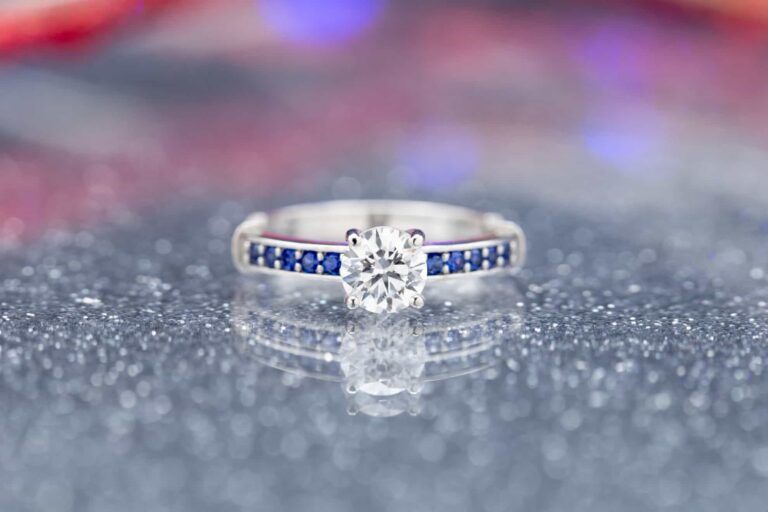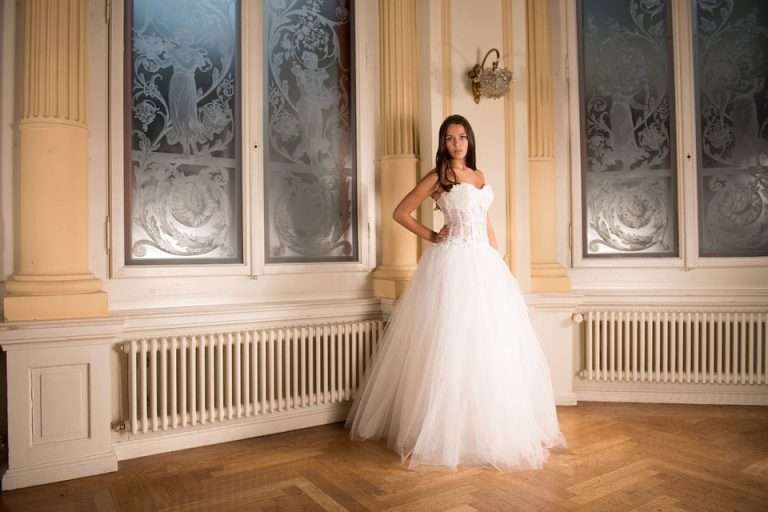A Guide to Second Hand Clothing
A Guide to Second Hand Clothing: Much like the Little Black Dress and the Plain White Tee, we’re sure second hand clothing will never go out of style. It’s a fantastic alternative high street shopping for a variety of reasons. The first reason is all the bargains, especially where designer labels are concerned. With long-lasting quality at a reduced price, more often than not you’ll get your money’s worth. Secondly, vintage shops are often the go-to for people with a quirky, unique style. Chances are you’ll discover an item of clothing that no-one else has. Finally, there’s been a lot of coverage recently about the pitfalls of fast fashion. The goal for retailers is to be the first to stock the latest trends. Competition is stiff, meaning retailers spend vast sums of money in a bid to get clothes in store as quickly as possible. The unfortunate downside of this is the fact that massive amounts of unsold clothes will be consigned to the landfill. In fact, according to Clothes Aid, in the UK an average of 350,000 tonnes (valued at nearly £140m) of unwanted clothes are wasted each year. It goes without saying that this level of waste is harmful to the environment. Therefore, second hand clothing is becoming more and more of a viable option for eco-friendly consumers.
Now you know the benefits, why not opt for second hand clothing the next time you think your wardrobe is due to a refresh? If this is unfamiliar territory for you, check out our comprehensive guide to second hand shopping.

Where are the Best Places to Buy Second Hand Clothing?
As a whole, the second-hand clothing market has seen staggering growth. According to US second hand retailer thredUP, the resale market is growing a rate that’s 21 times faster than the clothing retail industry. In 2019, thredUp valued the second hand clothing market at $24bn, and expect it to increase to $39bn over the next five years. The value of this market has resulted in a surging increase in second hand clothing outlets. Here are the main places you can expect to find high-quality second hand clothing at bargain prices.
Vintage and Charity Shops: Any keen fashionista is likely to have a go-to charity shop or vintage store. Perhaps you’re seeking a pair of form-fitting vintage Levi 501s or a punk-inspired biker jacket? Alternatively, your boyfriend might be tired of you constantly wearing his favorite flannel shirt. Any store worth it’s salt is sure to have all of these and more. Before you start pounding the pavement, here are some tips for successful second-hand shopping.
Give Yourself Enough Time to Browse: Nearly every charity or vintage shop is a treasure trove of bargains! With so many options, we’d hate for you to miss out on that perfect find. By taking your time to rifle through hangers and shelves, you’re much more likely to find that perfect new addition to your wardrobe – before someone else has their eye on it!
Be Sure to Try Everything On: The one pitfall of second hand shopping is that you are unlikely to find things in more than one size. We’d hate for you to snag a fabulous new item of clothing, only to find that it doesn’t fit. That being said, there’s always the option to alter your new purchase – which we will touch upon shortly.
Check for Any Faults or Cleaning Instructions: Your average charity shop or vintage store will be sure to check donations for any faults or damages. However, that doesn’t mean that one or two ragtag items may slip through the net. Many second hand stores don’t have return policies, so be sure to scrutinize any clothes you pick up for faults and imperfections. You should also take the time to check labels for specific cleaning instructions. After all, you may find it a deal breaker if an item of clothing must only be hand-washed or dry-cleaned.
Clothes Swaps: Clothes swaps are an inventive, fun, and social way to revitalise your wardrobe. The rules are, everyone brings a set amount of unwanted clothing. This is often determined by weight, but it’s not unheard of to have dress swaps or shoe swaps. Then all you need to do is barter and trade your own pre-loved clothes for those brought by the other attendees.
Clothes swaps are often pre-organized and can be held in bars, community centers, or general function rooms. Therefore, if you’re interested in attending a clothes swap keep your eyes peeled for upcoming events on Google, as well as relevant Facebook groups. That being said, groups of friends will often hold clothes swaps in their homes. Is there a certain blouse or scarf belonging to a friend that you’ve always envied? Well if they bring it to a clothes swap it’s up for grabs (unless they’re wearing it). This means that you can also always host your own clothes swap – although this doesn’t usually entitle you to first pick!
Online Second Hand Retailers: When it comes to second hand clothing, the internet is teeming with options. Of course eBay is the original hub for second hand clothes. However, over the last few years, there has been a boom in websites such as Etsy and Depop, specialising in second hand and one-of-a-kind clothing.
As well as this, several secondhand and charity shops have launched online shopping platforms. Prominent examples include Oxfam, Red Cross and Cancer Research UK. Finally, a handful of online retailers have launched second hand and vintage selections. ASOS Marketplace is a great place to start, with the added benefit of all the clothes being modelled by real people. This means there’s a much greater chance of ‘what you see is what you get.’
The main benefit of shopping for second hand clothing online is that you have a world of choice at your fingertips. If you aren’t fussed about rummaging through sales racks, then this is ideal. However, one downside of shopping online is that you can’t try before you buy. So choose wisely – and check for return policies on secondhand clothing.
Are you passionate about rocking the latest designer labels? Websites such as Rewind Vintage and Designer Exchange specialise in second hand designer swag. This means you can treat yourself to the likes of Chanel, Celine, and Saint Laurent at a fraction of the original cost.
Friends and Family: Have you always had your eye on a certain top, blouse or pair of jeans? We all know what it’s like to covet a fabulous garment from afar. Well, if it’s sitting at the back of your friend’s wardrobe gathering dust, why not offer to give it a new home? We recommend you sweeten the deal by offering a relic from your own wardrobe in return. This means you each get a fun new item of clothing without a penny leaving your pocket. Everyone’s a winner!
How can I Make Second Hand Clothes Truly my Own?
You may be concerned that some items of second hand clothing may not blend in with the rest of your wardrobe. Fortunately, a little bit of ingenuity goes a long way. Some of the simplest creative flourishes can give a garment a new lease of life. Get inspired by some examples from Jillian Owens, a writer, and designer who’s been blowing up the internet by turning frumpy second hand garments into tailored and elegant dresses.
Customising Second Hand Clothing: A lack of alternative sizes can be quite the caveat for second hand shopping. However, there is always the option to take your new dress, shirt, or trousers to be altered by a tailor. This will ensure that your new purchase fits you like a glove. You should bear in mind, however, that alterations can be expensive – to the extent that you may end up spending more on alterations than you would have to buy your clothes brand new.
Want to get a little more hands-on? Once you’ve purchased your new item of clothing, you are free to customise it to your heart’s content! Unique pins and patches, for instance, will turn your new coat or jacket into a statement piece that’s guaranteed to be 100% original.
Those of you with bolder tastes should consider experimenting with dye, bleach, or even an acid-wash. Robust, versatile materials such as denim are an ideal canvas for someone with the imagination (and elbow grease) to make it work. So if you want to pay homage to the 1990s grunge chic, consider bleaching your vintage denim – whether it’s a shirt, jacket, or a pair of jeans. There are a variety of ways you can go about this – from dip-dyeing, spraying and splattering to even making patterns.
Could Any of your Clothes Find a New Home?
The virtues of second hand shopping work both ways. Therefore, before you embark on your next shopping spree, see if you have any items of clothing that you could bear to part with. We’re sure you’ve got a number of garments that are waiting to be snapped up by an eager fashionista. As well as this, a good old-fashioned clearout will make room for your new second hand purchases. There are so many benefits to second hand shopping that it will feel rewarding to pay it forward.
Alex Chenery-Howes writes for eBloggers, a luxury online retailer specialising in second-hand designer clothes worn by some of the UK’s biggest influencers





